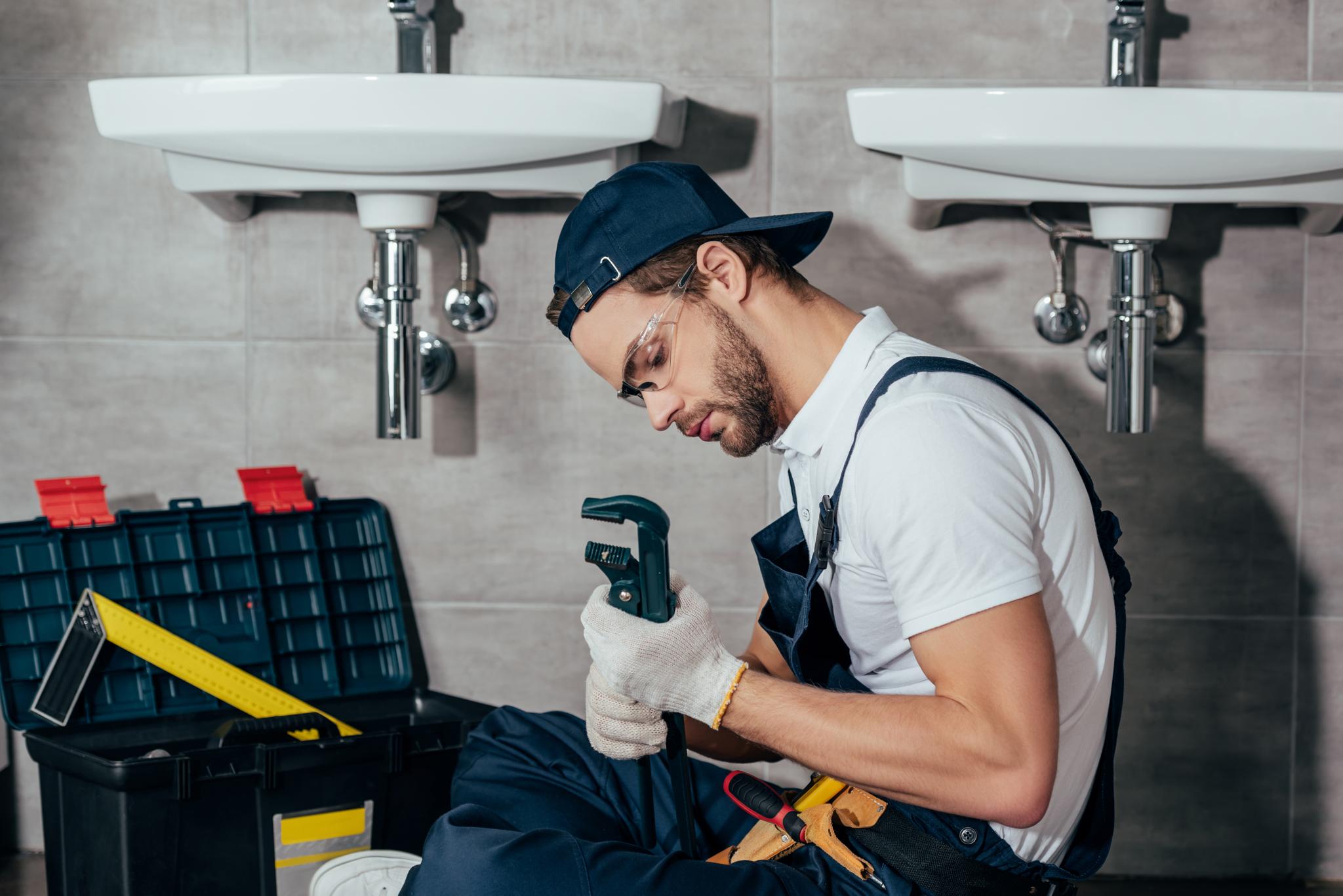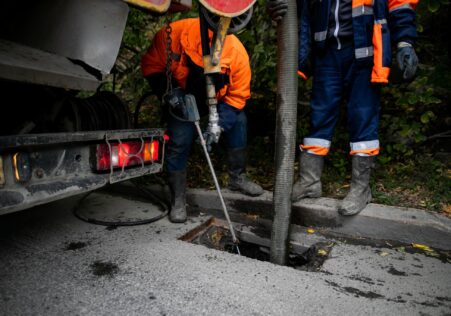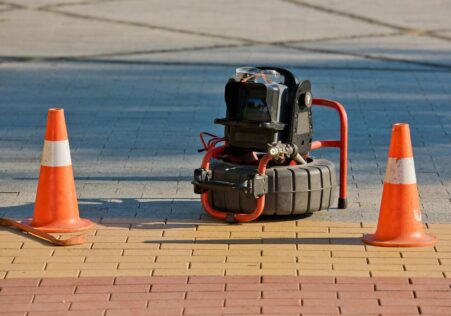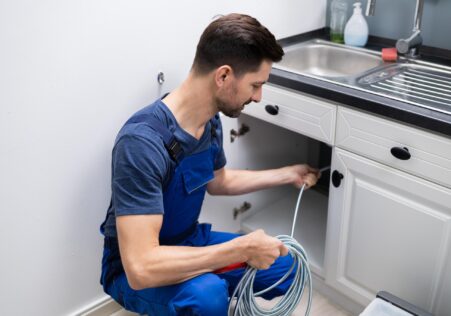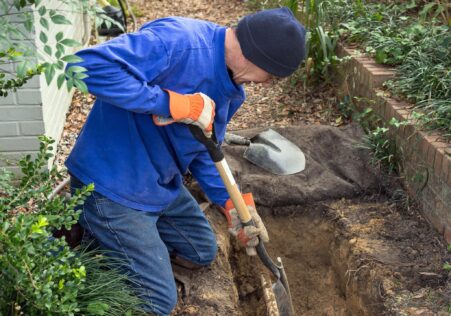Understanding the Differences Between Pipe Relining and Pipe Replacement
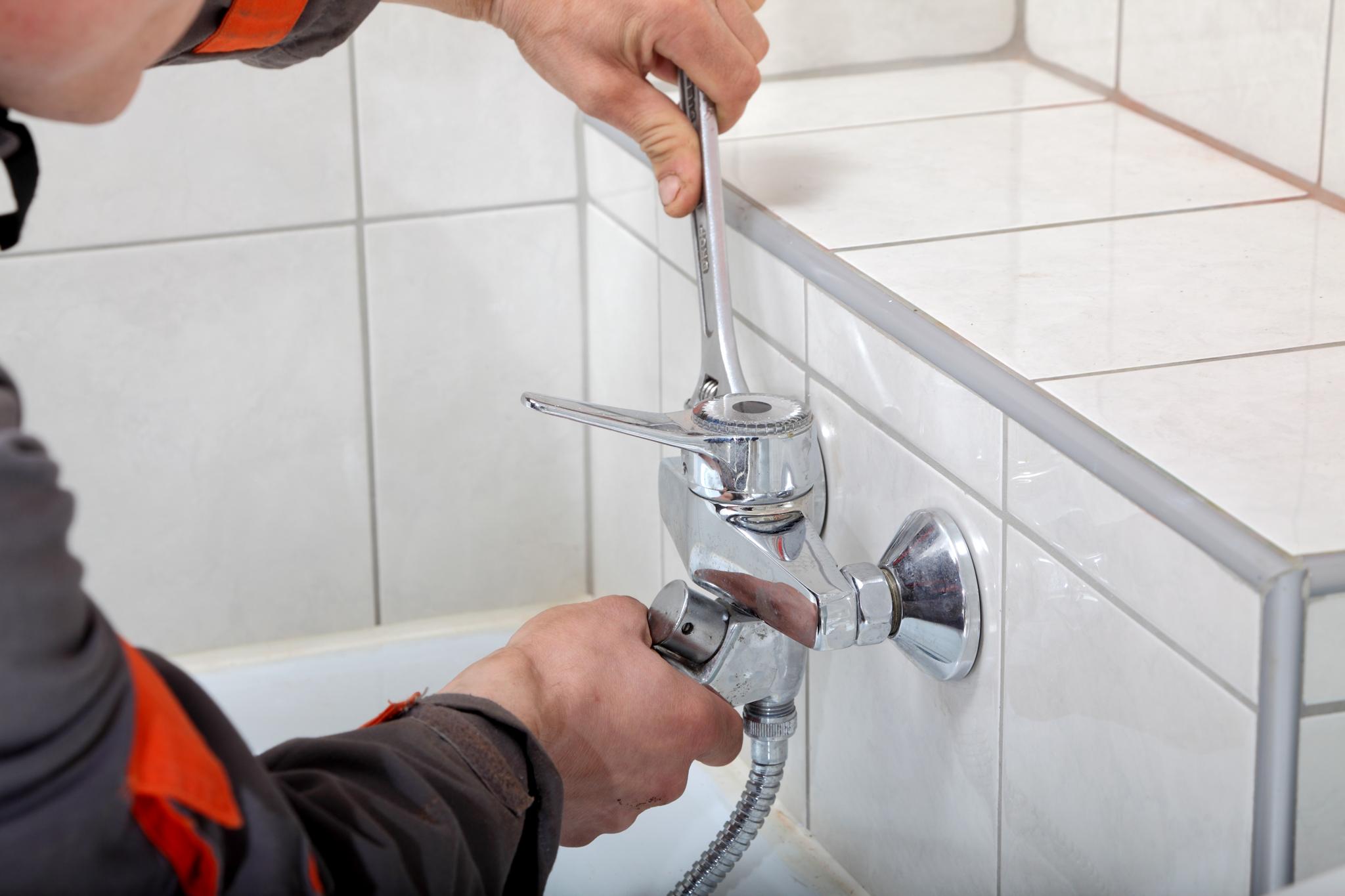
When it comes to fixing damaged pipes, two common solutions are pipe relining and pipe replacement. Both methods aim to restore the functionality of your pipes, however there are some distinct differences must be aware of.
Key Takeaways
- Pipe relining is an economical and quick method of repairing damaged pipelines.
- CIPP lining is used in pipe relining.
- Epoxy resin is used to line the internal areas of the pipe. This cures to create a new inner lining within the pipeline.
- Relining pipes is efficient, cost-effective, and can last for up to 50 years.
- Traditional pipe replacement involves digging up portions of property where pipes are located.
- The replacement of pipes is often necessary for severely damaged pipes.
- A brand-new pipeline installed with the replacement of a pipe has a long lifespan (75 -100 years).
- Pipe replacement is costly and time-consuming.
- The choice between pipe relining and pipe replacement depends on the degree of damage caused.
In this post, we’ll look at pipe relining and. pipe replacement, and find out which one will suit your needs more.
What is Pipe Relining?
Relining pipes or Cured-In Place Pipe (CIPP) lining is a state of the art repair procedure that provides a cost-effective, quick solution to repair damaged pipelines.
Here’s how it is done:
- A technician cleans the pipeline with high-pressure water jetting or mechanical cleaning.
- Then, they put epoxy resin made of polyester or fiberglass liner inside the pipeline.
- The liner is cured, creating a new inner lining inside the pipeline that’s as durable as a new one.
Pros of Pipe Relining
- The process is time-efficient, taking about 2 to three hours in order to finish the whole procedure, compared to excavating for several days with traditional pipe replacement techniques.
- Cost-effective - Because there is no excavation or removal required in pipe relining this method can save nearly half of the amount you pay for traditional repairs.
- Durability – The lining created through pipe relining can last for 50 years!
Con’s of Pipe Relining
- Not suitable for very damaged pipes. If there are serious damages such as cracks, collapses or joints that are not aligned correctly within your sewer line then pipe relining is not a possibility.
What exactly is Pipe Replacement?
Pipe replacement involves digging up portions of the yard/sidewalk/driveway where underground pipes are located. These areas could contain collapsed pipes or extremely corrosion-prone ones, due to lack of maintenance or age.
The following steps comprise most traditional pipe replacements:
- An excavation team digs access to the damaged underground pipe.
- The old pipeline has been removed and dredged out, producing a lot debris that must be cleared away.
- Then, they install a new pipeline in place of the one they had previously installed.
Pros and Cons of Pipe Replacement
- Suitable for severely damaged pipes Ideal for severely damaged pipes – If you must replace pipes that have significant damage or corrosion, pipe replacement is the ideal solution.
- Long life – The brand new pipeline replaced with pipe has a long lifespan (75 to 100 years) which makes it a great choice for homeowners in search of a permanent solution.
Pros and Cons of Pipe Replacement
- The work of excavation required to replace pipes can be lengthy and expensive.
- The process is time-consuming. Traditional pipe replacements could take several weeks, based on the extent of work and the depth of excavations that are required.
Which one should you select?
The decision to choose between relining or replacing your pipes is mostly based on the amount of damage caused. If your pipes suffer minor damages like cracks or leaks that are minor, the relining process is probably an ideal option as it is less costly and is also faster than traditional replacements.
However, if you have severe damage, such as collapses or broken pipes, then you should consider an alternative to replacing your pipe, although it could be more costly and may take longer.
| Pipe Relining | Pipe Replacement | |
|---|---|---|
| Procedure | CIPP lining using epoxy resin | Excavating and replacing the old pipeline |
| Pros | Time-efficient- 2 to 3 hours to complete | Suitable for severely damaged pipes |
| Cost-effective – Almost half of traditional costs. | New pipeline lasts for 75 to 100 years | |
| Durable – Lasts up to 50 years | ||
| Cons | Not suitable for severely damaged pipes | Costly |
| Time-consuming | ||
| When to choose | Minor damages like cracks or minor leaks | Severe damages like collapses or breaks |
Frequently Asked Question
What is pipe relining?
Pipe relining is a process which consists of creating a new pipe within the existing damaged pipe. This is done by inserting a flexible liner inside the existing pipe, and then the process of curing it. Once cured, the new pipe does not have joints or seams, which increases its structural strength.
What is the difference between traditional pipe replacement and differ from pipe relining?
Traditional replacement of pipes involves physically cutting away the old pipe, before replacing them with new ones. In contrast, pipe relining doesn’t require excavation; instead it’s carried out by using technology that permits pipeline repair without digging up huge areas of land.
Which one is less expensive - liner relining or conventional pipe replacement?
Pipe relining typically costs less than traditional methods for pipe repair because there are no expenses related to excavation, or other methods required for the removal and replacement of old pipes.
All kinds of pipes can be lined?
Certain types of pipes are relined in a successful manner. In the end, your plumber will need to examine your pipe to determine if it’s possible to line your specific type of pipes. However, most new pipes may be lined using this technique.
How long will the process of relining pipes last?
The exact time required for the procedure is contingent upon various variables like the location, the environment and type of damage. However the typical Pipe Relining job usually takes 2-3 days, depending on how many meters need to be lined..
In conclusion, if you are looking to stay clear of invasive excavation works and save money while restoring damaged pipelines’ functionality, consider opting for our Blocked Drains Plumbing Sydney ‘s swift and efficient pipeline relining service. Contact us today!
Additional Information
- When to Repair Your Pipes? Tips for Identifying
- Top Ways to Avoid Drain Cleaning Emergencies
- Catching Drain Issues Early: The Benefits of Scheduling Regular Inspections for Your Business
- Why Condo Complexes are Switching to Trenchless Pipe Relining Methods
- The Benefits of Unblocking Blocked Drains for Your Business
- Discover the Best Pipe Relining Materials for Your Plumbing Needs
- CCTV Drain Inspection vs. Traditional Methods: Which is Right for Your Business?
- Greener Tomorrow with Pipe Relining Advantages
- Easily Repair Your Sewer with Inexpensive Pipe Relining
- Demystifying Step-by-Step Guide to the Plumbing Relining Process: What You Can Anticipate


